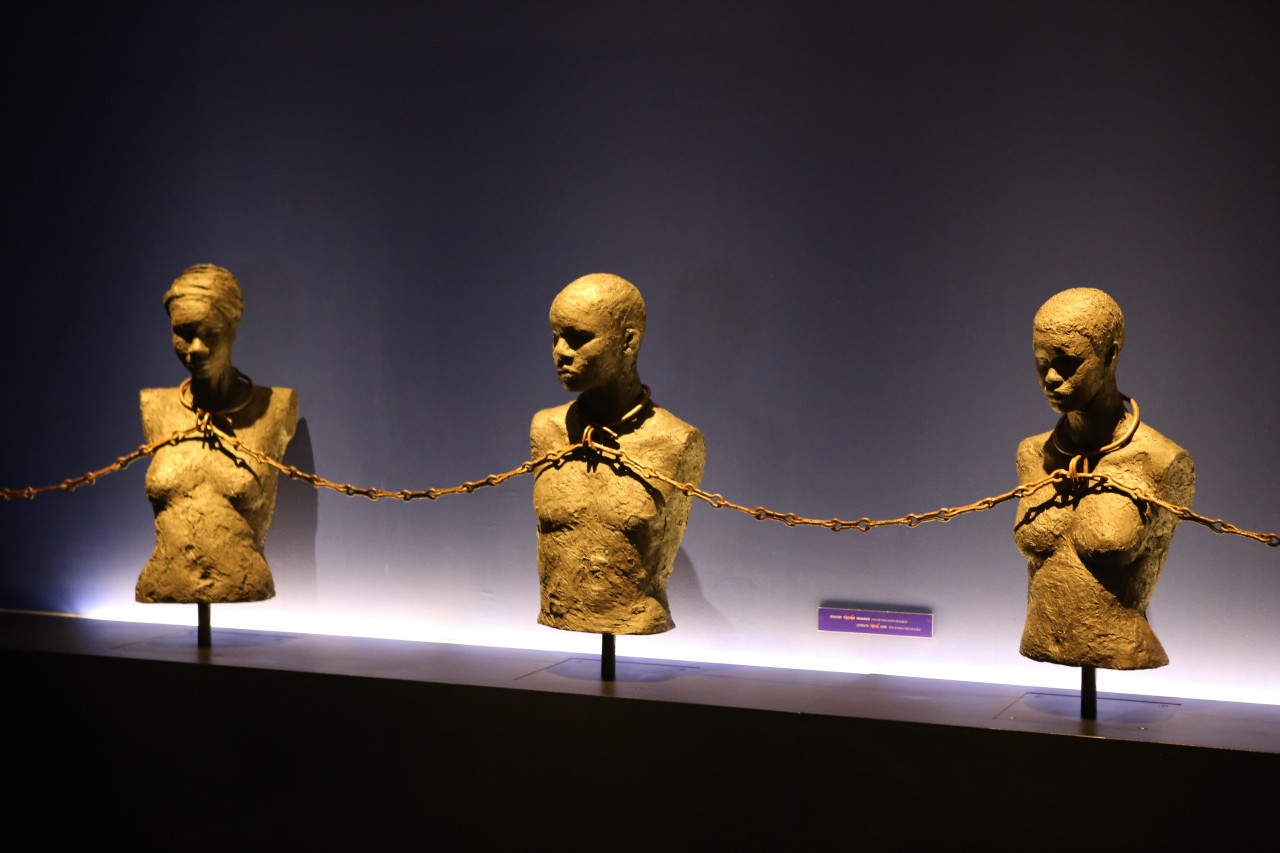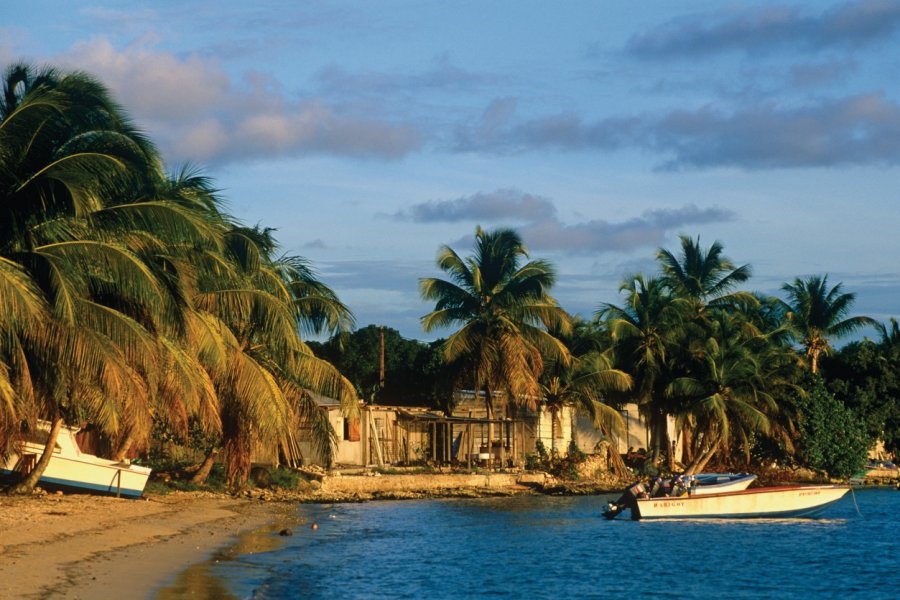La Route de l'Esclave" memorial trail
Highlights of the trip
During your stay you can enjoy the following highlights: Culture / Heritage.
Best times to go
The best time(s) to go is/are : Printemps, Eté, Automne, Hiver.
Where to stay in : Le Gosier ?
The map of your stay "La Route de l'Esclave" memorial trail"
Detail of the stay : La Route de l'Esclave" memorial trail
How to get there - Le Gosier
Arrival in Pointe-à-Pitre
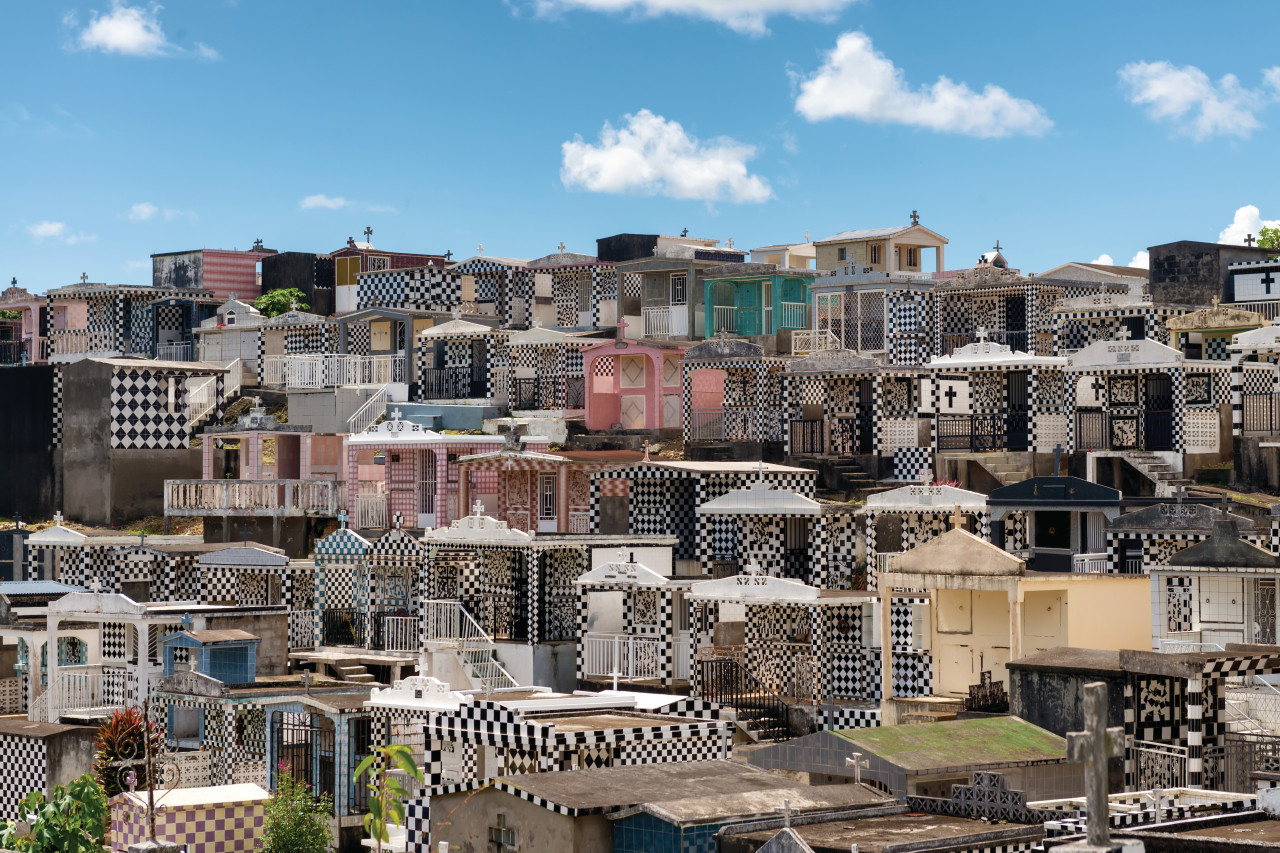
Steps: Pointe-À-Pitre
After discovering your surroundings and taking a dip in the sea, if you're staying in Le Gosier, for example, take advantage of your wanderings around Pointe-à-Pitre to visit the Victor Schoelcher departmental museum. An emblematic figure in the struggle for the abolition of slavery, Victor Schoelcher brought back rare objects that are preserved in this museum located in the heart of the historic city.
Although the MEMORIAL ACTe is not part of the Slave Route, we advise you to plan a visit (allow around 2 hours). This center of expression, erected in memory of the victims of slavery and the slave trade, stands on the site of the former Darboussier factory, once the largest sugar plant in the West Indies. It was inaugurated in 2015 in the presence of President François Hollande and numerous Caribbean and African heads of state on the day slavery was commemorated in mainland France.
On the way back to Gosier, head for Fort Fleur d'Épée, set high above the town and overlooking the bay. This fortress was built in 1763 to defend the harbor of Pointe-à-Pitre. Some 3,000 slaves freed since the first abolition of slavery in 1794 fought to keep the island for the French Republic. In 1802, Napoleon Bonaparte re-established slavery, which was definitively abolished in 1848.
Places of interest : FORT FLEUR D'ÉPÉE MACTE - MÉMORIAL ACTE MUSÉE SCHOELCHER-MUSARTH
Heading for the north of Grande-Terre
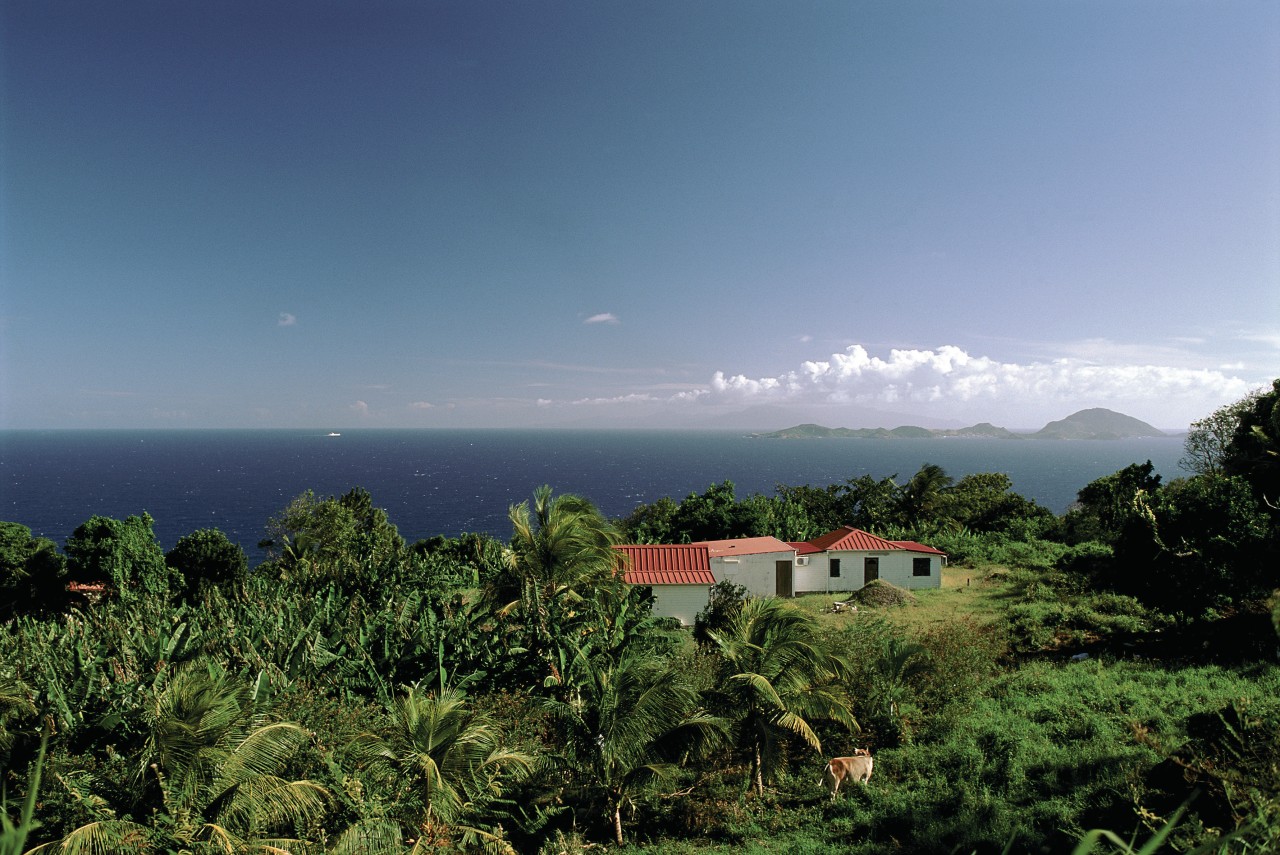
Steps: Petit-Canal
Heading north of Grande-Terre, you arrive at Morne à l'eau. You'll pass the town's famous cemetery. The cemetery is built on a staircase with black and white chequered vaults. Not to be missed in the evenings during All Saints' Day, when it is illuminated by candles (as are all the cemeteries on the island, but this one is particularly impressive). Although the link with the use of slave labor seems less obvious than for a plantation, at first glance, the Canal des Rotours was built by slaves to drain the land and expand the farms. Some 30 of them lost their lives in the process.
A few kilometers further north, the town of Petit-Canal is home to the monument to the abolition of slavery (also worth a visit are the nearby slave steps and the former slave prison, completely enveloped by a cursed fig tree).
Continuing to the far north, you reach Anse-Bertrand. This small rural commune, a witness to the island's sugar-making past, is home to the Mahaudière dwelling, which was first a cotton mill, then a sugar refinery and finally, after the abolition of slavery, a distillery whose activity declined until the early 1950s. To get there, take the N8 towards Les Mangles for about 2 km, then turn onto the D120. The dwelling is located near a crossroads at the Campêche exit.
Heading towards Le Moule on the D123 (towards the Edgar Clerc museum), after 8 km, at a chapel, take the path on the right signposted "Anse Sainte Marguerite", and you'll come to the Anse Sainte-Marguerite slave cemetery, uncovered by an archaeological operation in the early 2000s. TheNéron dwelling is the last stop on this itinerary in Grande Terre. Access to this site is subject to booking with Le Moule town hall.
Return to Le Gosier before departing the next day for Basse-Terre to continue the tour.
Places of interest : MUSÉE EDGAR-CLERC ÉGLISE - MARCHES DES ESCLAVES - MEMORIAL ANCIENNE PRISON DE PETIT CANAL CIMETIÈRE DES ESCLAVES CIMETIÈRE DE MORNE-À-L'EAU CANAL DES ROTOURS HABITATION NÉRON
En route to Basse-Terre
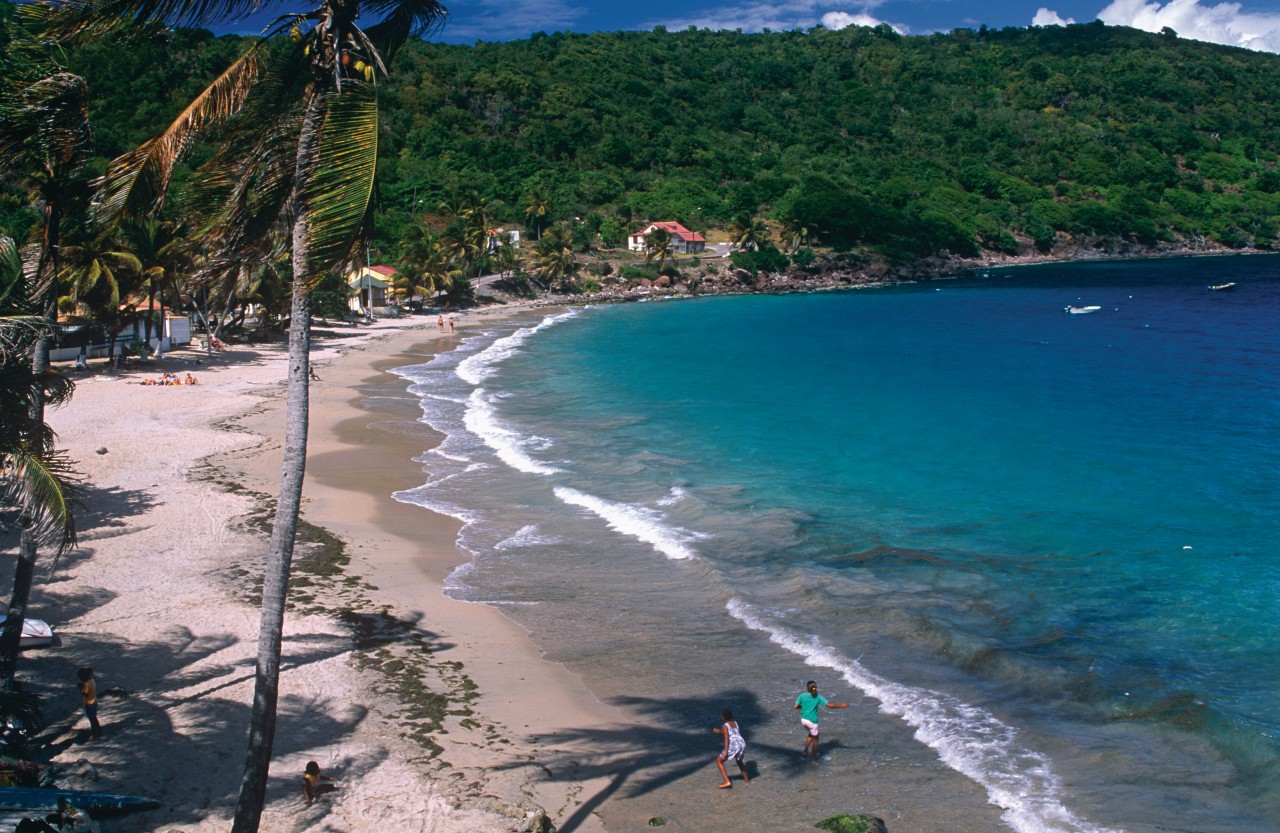
Steps: Vieux-Habitants
Head for Basse Terre. The east coast road takes you to Goyave, then further south to the small commune of Trois-Rivières, where you'll find the Belmont slave dungeon. From the N1, take the D6 towards the village of Trois-Rivières. Continue towards Collège des Roches gravées. Take the Chemin de Roussel on the left just before the college. Located on private property, the dungeon is visible from the roadside in the2nd right-angle bend to the right.
Heading back towards the town of Basse Terre, you'll come to the habitation Beausoleil in the Montéran section of Saint-Claude, then to Fort Louis Delgrès in Basse Terre. This latter site played a key role in the conflict between Commandant Louis Delgrès and the troops of General Richepance, who re-established slavery in 1802.
The tour of the Basse Terre area ends in the commune of Vieux-Habitants on the leeward coast, close to Bouillante and the black-sand Malendure beach, home to a number of diving clubs and other nautical activities. Vieux-Habitants boasts three sites illustrating the diversity of production at the time, including vanilla cultivation at Habitation Vanibel, coffee at Habitation la Grivelière and an indigoterie at Anse à la Barque. To date, the Anse à la Barque indigoterie site is not recommended for the general public, as it is difficult to gain access. It will be some time before a safer, more practicable access can be found (no date had been set at the time of writing).
Head up towards Deshaies and then Sainte-Rose, and you'll have completed the tour of the Basse-Terre coastline.
Places of interest : FORT LOUIS DELGRÈS PLAGE MALENDURE
Destination Les Saintes

Steps: Terre-De-Bas
Departure for Les Saintes is from Trois-Rivières. You'll reach Les Saintes after a 20-30 minute boat ride, depending on the weather. Please note that Terre-de-Bas, a small islet in Les Saintes, is home to the remains of the Fidelin pottery, the site of this memorial visit. Be sure to check with the shipping company of your choice whether the destination is Terre-de-Haut or Terre-de-Bas. The more touristy Terre-de-Haut is also home to Fort Napoléon, now a museum. This tour can be taken over a full day, returning to Trois-Rivières in the late afternoon.
Places of interest : MUSÉE D'HISTOIRE DES SAINTES - FORT NAPOLÉON POTERIE FIDELIN
Boarding for Marie-Galante
Steps: Grand-Bourg
If you're able to make it to Marie-Galante, nicknamed the island of a hundred mills, you can take advantage of the opportunity to continue the memorial tour, as the island is home to a wealth of heritage. The itinerary includes the Murat and Roussel-Trianon dwellings in Grand-Bourg, as well as the mare au punch near the Pirogue dwelling. The latter was the scene of dramatic events following the first legislative elections after the abolition of slavery. Continue along the island's east coast to discover the remains of indigoteries.
For this stopover on the island, we advise you to plan at least a one-night, two-day stay. You'll then have plenty of time to enjoy the island's superb beaches.
Departure from Marie-Galante is either from the Saint-François pier or from the Bergevin ferry terminal in Pointe-à-Pitre (about an hour's crossing).
Places of interest : HABITATION ROUSSEL - TRIANON MARE AU PUNCH
Back to mainland Guadeloupe
To make the most of your stay on Marie-Galante, plan to return to mainland Guadeloupe in the late afternoon. All that's left for you to do is plan a pleasant evening before your return to mainland France the following day.
